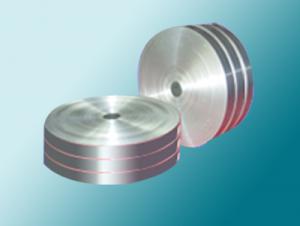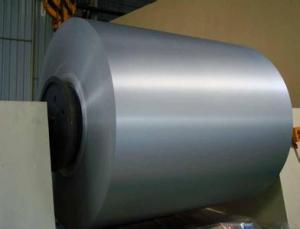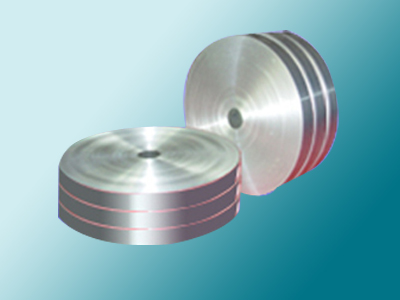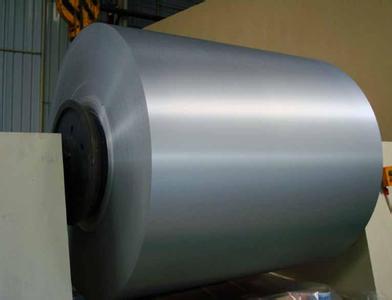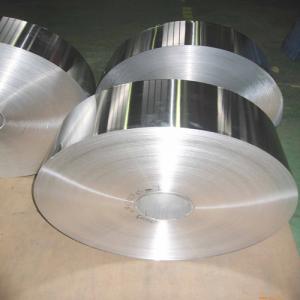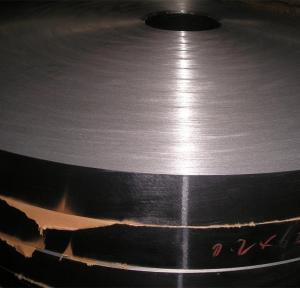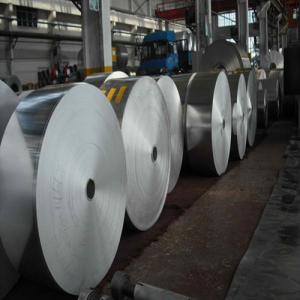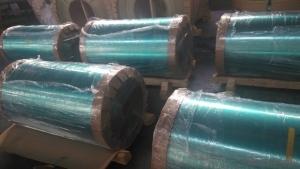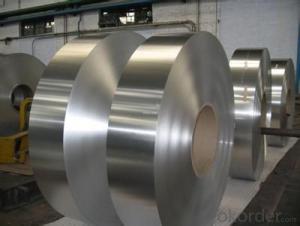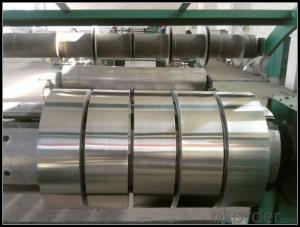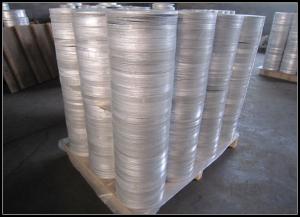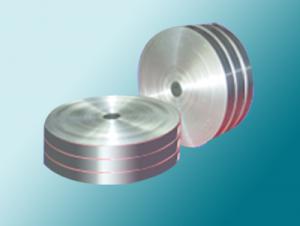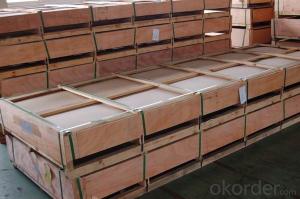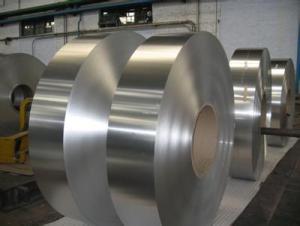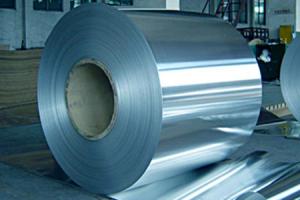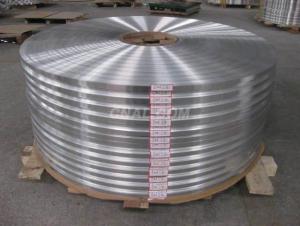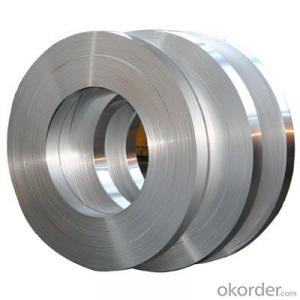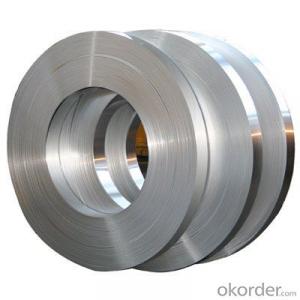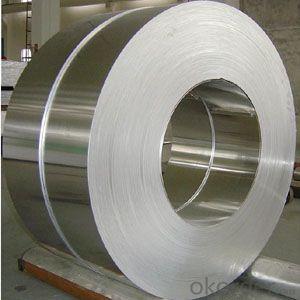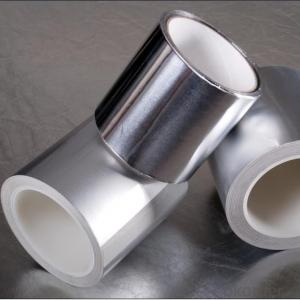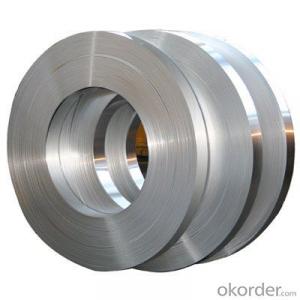Thin Flat Aluminum Strips - AA3XXX Mill-Finished Aluminum Strips in C.C Quality for Construction
- Loading Port:
- Shanghai
- Payment Terms:
- TT OR LC
- Min Order Qty:
- 3 m.t.
- Supply Capability:
- 10000 m.t./month
OKorder Service Pledge
OKorder Financial Service
You Might Also Like
Specification
1.Structure of AA3xxx Mill-Finished Aluminum Strips in C.C Quality Used for Construction Description
AA3xxx Mill-Finished Aluminum Strips in C.C Quality Used for Construction has great ductility, heat conductivity, anti-corrosion and moisture resistance properties.
AA3xxx Mill-Finished Aluminum Strips in C.C Quality Used for Construction is widely used for electronics, instruments, lighting decoration, packing industry, house decoration, curtain wall, honeycomb-core panel, sandwich panel, aluminum composite panel and aluminum composite pipes.
2.Main Features of AA3xxx Mill-Finished Aluminum Strips in C.C Quality Used for Construction
• Superior quality of raw material
• Reasonable and stable chemical composition
• Accurate tolerance
• Goode mechanical property
3.AA3xxx Mill-Finished Aluminum Strips in C.C Quality Used for Construction Images
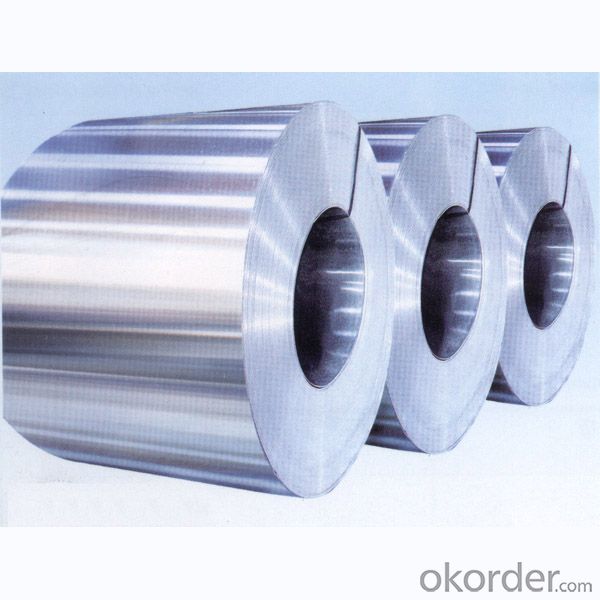


4.AA3xxx Mill-Finished Aluminum Strips in C.C Quality Used for Construction Specification
Alloy | AA3xxx (AA3003 etc.) |
Temper | H14, H16, H18, H22, H24, H26, H32, O/F |
Thickness | 0.2mm -- 100mm |
Width | 30mm -- 1700mm |
Standard | GB/T 3880-2006,EN,ASTM,JIS |
5. FAQ of AA3xxx Mill-Finished Aluminum Strips in C.C Quality Used for Construction
What is the quality standard?
---Usually our standard is GB3880-2006
What is the largest width?
---It is 2300mm
What is the MOQ?
---Usually we can accept 80 tons.
- Q: This question asks for a comparison of various types of aluminum siding used in construction, highlighting their unique characteristics and differences.
- <p>Aluminum siding comes in various types, each with unique properties. Interlock siding features overlapping panels for better protection against weather. Insulated siding offers thermal efficiency with a foam core. Vertical siding is known for its traditional look and is often used in commercial settings. Shake-style siding mimics the appearance of wood shakes, providing a rustic aesthetic. Soffit siding is designed for use around windows and eaves, offering a clean finish. Each type varies in terms of durability, maintenance requirements, and cost, with applications ranging from residential to commercial construction.</p>
- Q: This question asks if it is permissible to use recycled metal sheets in construction within the user's specific geographical area.
- <p>The legality of using recycled metal sheets in construction projects varies by region and state. It is essential to consult local building codes and regulations, as they dictate the acceptable materials for construction. Some areas may have strict guidelines regarding the use of recycled materials due to concerns over structural integrity and safety. In other regions, there may be incentives or regulations promoting the use of recycled materials for environmental and sustainability reasons. Always check with your local building department or consult a construction professional to ensure compliance with all applicable laws and codes.</p>
- Q: Is it possible to use aluminum strips as a material for indoor flooring or wall cladding?
- <p>Yes, aluminum strips can be used for both indoor flooring and wall cladding. They are lightweight, durable, and resistant to corrosion, making them suitable for various interior applications. Aluminum strips are also easy to install and maintain, and they can provide a modern, sleek look to any space. However, it's important to consider the specific requirements of your project, such as load-bearing capacity, thermal insulation, and aesthetic preferences, to ensure that aluminum strips are the right choice for your needs.</p>
- Q: What characteristics or attributes are typically associated with aluminum strips?
- <p>Aluminum strips possess several properties that make them versatile in various applications. They are lightweight, strong, and have good thermal and electrical conductivity. Aluminum strips are also corrosion-resistant, which makes them suitable for outdoor use. They exhibit good ductility, allowing them to be easily bent and shaped without breaking. Additionally, they have a high reflectivity, which is useful in applications requiring light reflection. Aluminum strips are non-magnetic and can be easily recycled, contributing to their sustainability.</p>
- Q: Is it possible to create a more energy-efficient roof using aluminum strips compared to other materials?
- <p>Yes, aluminum strips can be used to create a roof that is more energy-efficient than some other materials. Aluminum is a good conductor of heat, which can help in reflecting sunlight and reducing heat absorption, thus lowering cooling costs. Additionally, aluminum roofs can be designed with energy-efficient features such as solar reflectance and thermal emittance properties, which can further enhance their energy efficiency. However, it's important to consider the overall design, insulation, and installation quality to maximize energy efficiency.</p>
- Q: What is the color of aluminum coating
- Color coated aluminum roll refers to the surface of aluminum alloy coloring treatment, color coated aluminum roll has become one of the most popular top decoration materials. It is a kind of green with environmental protection, durability and beauty.
- Q: Which brand of aluminium band for dry transformer?
- Of course, according to the requirements of customers, but most of them are pure aluminum
- Q: What are the various forms in which aluminum strips can be manufactured?
- <p>Aluminum strips come in a variety of shapes and sizes to suit different applications. Common shapes include rectangular strips, square strips, and round strips. Rectangular strips are the most common and are used in construction, automotive, and packaging. Square strips are often used in electrical applications and for decorative purposes. Round strips are less common but are used in specific industries such as aerospace and medical equipment. Additionally, aluminum strips can be flat, embossed, or have other surface treatments depending on the requirements of the application.</p>
- Q: This question asks for a comparison between recycled aluminum strips and new ones regarding their quality and performance.
- <p>Recycled aluminum strips are generally comparable to new ones in terms of quality and performance. The recycling process allows for the recovery of aluminum's properties, maintaining its strength, durability, and malleability. In fact, recycled aluminum can be just as strong as new aluminum, and it often requires less energy to produce. However, the quality can depend on the recycling process and the source material. Properly recycled aluminum can be just as good as new, but improper recycling or contamination can affect the final product's quality. Overall, recycled aluminum is a sustainable and often equivalent alternative to new aluminum in many applications.</p>
- Q: Is it possible to utilize recycled aluminum to fabricate new aluminum strips?
- <p>Yes, recycled aluminum can be used to make new aluminum strips. Recycling aluminum is an efficient process that conserves energy and resources. The recycled aluminum is melted down and then reformed into new shapes, including strips. This process is not only environmentally friendly but also cost-effective, as it requires less energy compared to producing aluminum from raw materials. The recycled aluminum strips maintain the same properties as those made from new aluminum, making them suitable for various applications.</p>
Send your message to us
Thin Flat Aluminum Strips - AA3XXX Mill-Finished Aluminum Strips in C.C Quality for Construction
- Loading Port:
- Shanghai
- Payment Terms:
- TT OR LC
- Min Order Qty:
- 3 m.t.
- Supply Capability:
- 10000 m.t./month
OKorder Service Pledge
OKorder Financial Service
Similar products
Hot products
Hot Searches
Related keywords

